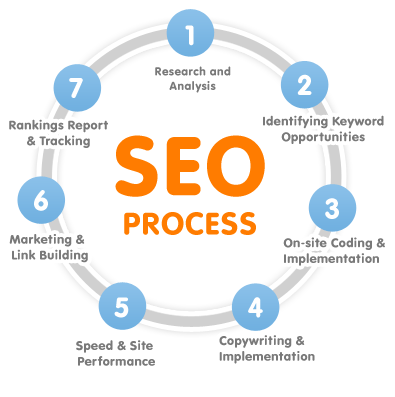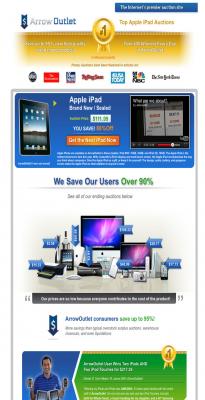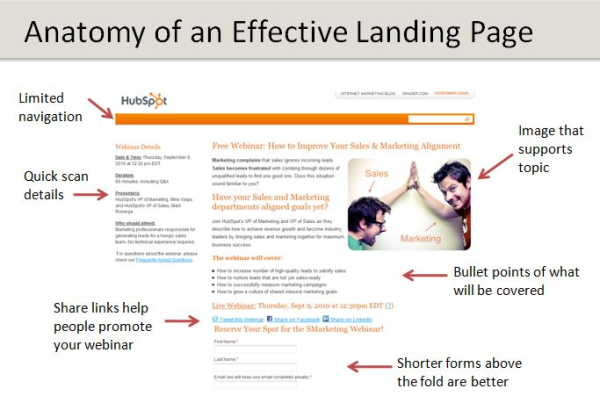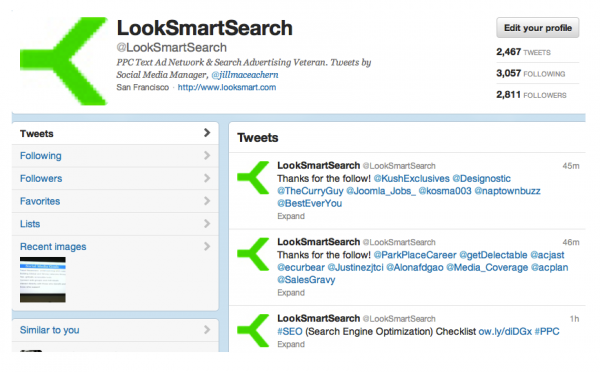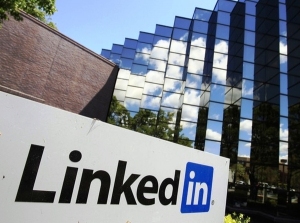It’s no secret that search engine optimization is a very powerful marketing tool in today’s world. These days, almost every consumer does an online search before purchasing a product, so if a consumer comes across your product or service during their search, it can put you ahead of your competition. Here are five reasons you should be utilizing SEO to reach your local customers:
1. Easy Customers
When your get your business to the top of page one on search engines such as Google.com, Yahoo.com, and Bing.com it puts you directly in front of your target audience. So if you have the time, manpower, and budget to aim at getting your website to page 1 on major search engines for specific keywords and key phrases, this can result in very easy conversions for your business.
2. Greater Brand Awareness
As a consumer, I can’t tell you how terrifying it can be when you go to search for a business online that you are considering purchasing from and you can’t find anything about them online. Today, if a business has nothing online that you can find using search engines, that’s a big red flag to most consumers. Even if you have a Facebook page or Twitter account that shows up in the search results, it’s better than nothing.
3. Low Cost
Search engine optimization is relatively low cost to actually do. Most businesses (especially small businesses) don’t have the time available or manpower to not only LEARN SEO, but actually perform it on their own business website. So it’s best to utilize SEO firms either locally or you can easily hire a firm online. You can easily find a firm online (more than likely a firm overseas) who will charge you anywhere from $200-$900 per month for SEO services and usually they can provide a turn around time of 3-6 months depending on the competition for your key words and key phrases.
4. Get Ahead of Your Competition
Utilizing SEO is a great way to get ahead of your local competition. For example, let’s say you operate a flower shop in Santa Monica. If you can get your website to the top of page 1`on Google.com for “flowers Santa Monica”, “Santa Monica flowers”, “Santa Monica flower bouquets” – this automatically puts you ahead of your competition because any time a consumer searches for those key phrases, they are going to see YOUR website first.
5. Hitting Your Target Market
One of the best aspects of search engine optimization as a marketing strategy is the fact that you are targeting your audience HEAD ON. With other forms of marketing such as direct mail or social media marketing, you market, market, market, with the hopes that you reach SOME of your target audience but wtih SEO, your target audience is in essence, searching for you.
